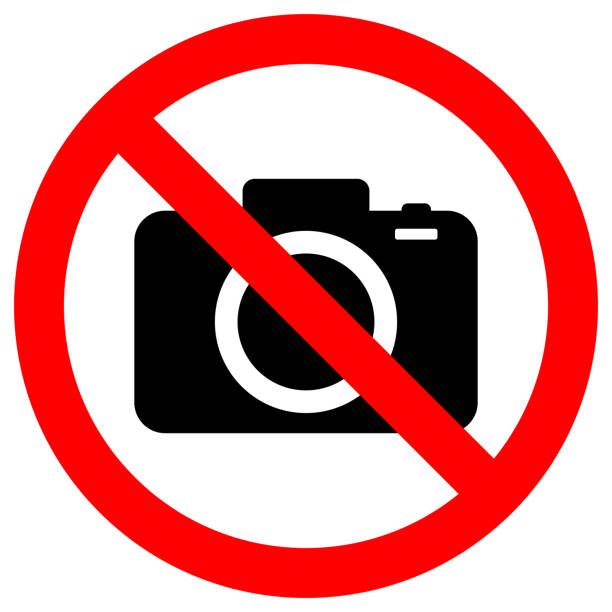
In the realm of online pharmacies and e-commerce platforms, visual content plays a crucial role in enhancing user experience, providing product information, and building trust. However, you might have noticed that images for scheduled medicines are conspicuously absent on South African pharmacy websites. This absence is not due to a lack of effort or resources on the part of these pharmacies but is instead a result of stringent regulations and ethical considerations. In this blog article, we delve into the reasons behind this practice and its implications for consumers.
Regulatory Framework
In South Africa, the distribution and advertisement of pharmaceuticals, especially scheduled medicines, are governed by stringent laws to ensure public safety and proper use. The Medicines and Related Substances Act, No. 101 of 1965, alongside regulations enforced by the South African Health Products Regulatory Authority (SAHPRA), lays down strict guidelines regarding the promotion and display of medicines.
Key Regulations Include:
- Advertising Restrictions: Scheduled medicines (which include prescription and some over-the-counter drugs) cannot be advertised to the general public. This is intended to prevent self-medication and misuse.
- Prescription-Only Medicines: For medicines classified as Schedule 3 and above, a prescription from a licensed healthcare provider is mandatory. Displaying images could be interpreted as a form of indirect advertising, encouraging unauthorized purchase or use.
- Patient Safety and Education: Regulations emphasize patient education and safety, requiring that detailed information about scheduled medicines be communicated by qualified healthcare professionals rather than through potentially misleading images online.
Ethical Considerations
Apart from legal requirements, there are significant ethical reasons behind the non-display of images for scheduled medicines:
- Preventing Self-Diagnosis and Self-Medication: Images of medicines might lead individuals to self-diagnose and self-medicate, which can be dangerous. Without proper medical guidance, patients may misuse drugs, leading to adverse effects, resistance (in the case of antibiotics), or worsening of conditions.
- Confidentiality and Privacy: Online display of medicines can potentially infringe on patient privacy. By not displaying images, pharmacies help maintain a level of confidentiality for those purchasing potentially sensitive medications.
- Reducing Drug Abuse: Some scheduled medicines have a high potential for abuse. Displaying images could inadvertently promote such substances, leading to misuse and contributing to public health issues like addiction.
Practical Implications for Consumers
Understanding why images are not displayed for scheduled medicines can help consumers navigate online pharmacies more effectively and safely. Here are a few practical tips:
- Detailed Descriptions: Rely on the comprehensive written descriptions provided. These usually include information on usage, dosage, side effects, and contraindications.
- Consult Healthcare Professionals: Always consult with a healthcare provider or pharmacist before purchasing or using any scheduled medicine. They can provide personalized advice and ensure that the medication is appropriate for your condition.
- Secure and Legal Purchase: Ensure you are buying from a licensed and reputable online pharmacy. This guarantees that the medicine you receive is genuine and handled according to safety standards.
Conclusion
The absence of images for scheduled medicines on South African pharmacy websites is a measure rooted in regulatory compliance and ethical responsibility. It prioritizes patient safety, prevents misuse, and ensures that the dissemination of medical information is handled by qualified professionals. As consumers, it is essential to recognize these reasons and approach online medication purchases with caution and due diligence. By doing so, we can contribute to a safer, more effective healthcare environment.






































